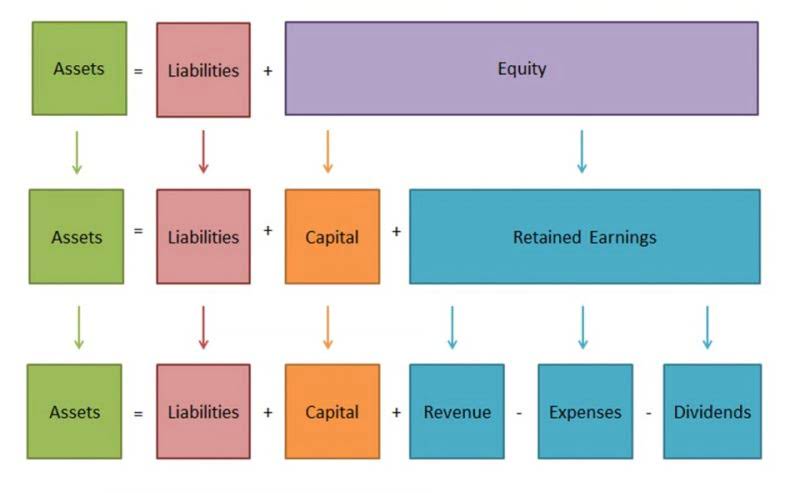
Another challenge for finance professionals is that most ERP and CRM systems are not designed to handle recurring revenue. Managing complex recurring billing scenarios at scale can quickly become a workflow and reporting challenge. There are a variety of reasons for payment declines, and these reasons can vary based on whether a credit or debit card is used. In general, payment information, especially credit cards, can become outdated over time. The more time that elapses since the initial transaction, the greater the likelihood that the payment for the recurring charge or renewal will return an error. And, of course, banks may decline transactions for other reasons even if the information is not out of date.

Financial services

Tiered billing is versatile and can apply to a diverse range of services – from streaming platforms to SaaS companies and e-commerce retailers to small startups. This multi-level pricing structure means customers pay only for what they use or need. For instance, if there’s a billing error due to automated calculations and deductions, resolving it could become troublesome as additional time might be needed to obtain refunds. Moreover, overlooked expenses become more common if consumers forget about these charges or review their credit card statements inadequately. Worst-case scenarios include scams targeting seniors where fraudulent charges slip into unnoticed recurring bills.
The Usage Data Revolution Report, Part 4 of 4: Reigniting Growth for Stalling SaaS Companies
- As the prominence of recurring billing grows, so do the questions around its application and benefits.
- Automation streamlines accounts receivable, reducing administrative tasks and collection costs.
- That added convenience can boost your customer retention rate—and, as a result, your profits.
- Over time, you might even introduce a new tier of your product or service to create an additional revenue stream.
- Similarly, with recurring billing, users provide their payment information once and are charged on a regular basis without having to do anything else.
A recurring payment is a method of paying bills in which a business automatically charges its client for specific services according to a prearranged schedule. To process recurring payments, the business must get recurring billing the client’s permission up front to charge a credit card on a recurring basis. The business can then continue to process scheduled payments until the client chooses to cancel the recurring billing arrangement.
What are recurring payments?

Students pay regularly to access their content, fostering long-term engagement while providing a reliable source of revenue for these platforms. After authorisation and processing, transactions contribute to accurate revenue recognition through accounting and reporting. From CRM software to coffee beans, streaming services to designer gowns, recurring billing is the lifeline for every subscription business. The system should support various payment methods, such as credit cards, direct debit, or digital wallets, to cater to different customer preferences.
Definition of Recurring Billing
Accept payments online, in person, and around the world with a payments solution built for any business—from scaling startups to global enterprises. It’s a familiar plight for your customers too, which is why you should use your payment solution to set up alerts when payment information is incorrect or about to expire. As many as 60% of small business owners say that cash flow has been a problem, and nobody enjoys chasing down money from their customers. Meanwhile, an installment is when a total amount is divided into several smaller payments over a specific period. Though predetermined and scheduled, installments may not be regular and ongoing.
- This way, you can enjoy your new furniture right away without emptying your bank account in one go.
- You’ll only need to get involved if you need to make changes to the amount charged or the payment type.
- When selecting software for recurring billing, it is essential to review the various options available.
- A merchant account is a type of bank account that allows businesses to accept payments from customers’ accounts.
- In order to process recurring payments, you must choose a payment gateway that supports this type of transaction.
- The billed amount is different for each cycle, and the payment due depends on the cost of services or products.
Cloud storage services that charge based on the volume of storage used exemplify this billing type. Here, the billing amount is determined by a predetermined quantity that the customer agrees to upon purchase. Understanding the subtleties of recurring https://www.bookstime.com/ billing can be beneficial whether you’re a tiny business owner, a seasoned entrepreneur, or an inquisitive consumer. TechnologyAdvice is able to offer our services for free because some vendors may pay us for web traffic or other sales opportunities.
How Stripe Billing enables businesses with recurring billing software

